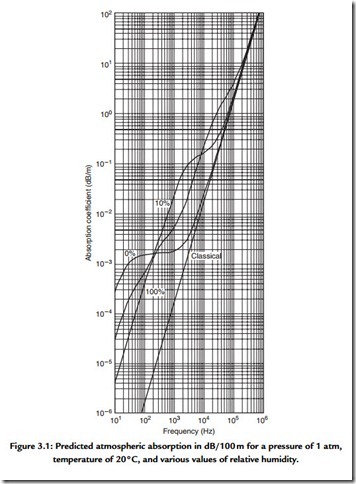Inverse Square Law
The geometrical spreading of sound from a coherent source (inverse square law rate of level change), which is a change in level of 6 dB for each doubling of distance for a spherical expansion from a point source, is well known to most sound technicians.
where Dr is the reference distance and Dm is the measured distance.
Not as well recognized is the change in level of 3 dB per doubling of distance for cylindrical expansion from an infinite line source. The ambient noise from a motor race track with the field of cars evenly spread during the early stages of a race can come very close to being effectively an infinite line source.
Finally, there is the case of the parallel “loss free” propagation from an infinite area source—the crowd noise viewed from the center of the audience.
Descriptions of the spreading out of sound for coherent sources remain true for incoherent sources as well. The size of the near field may be more restricted and the propagation less directional but the general rate of level change remains the same. Note that this “spreading out” of sound does not constitute absorption or other loss but merely the reduction of power per unit of area as the distance is increased. Unfortunately, other processes also are going on.



